Gentlemen’s Guide: Bangkok’s 5 Best Barber Shops
These top 5 barber shops in Bangkok are where gentlemen can elevate ...
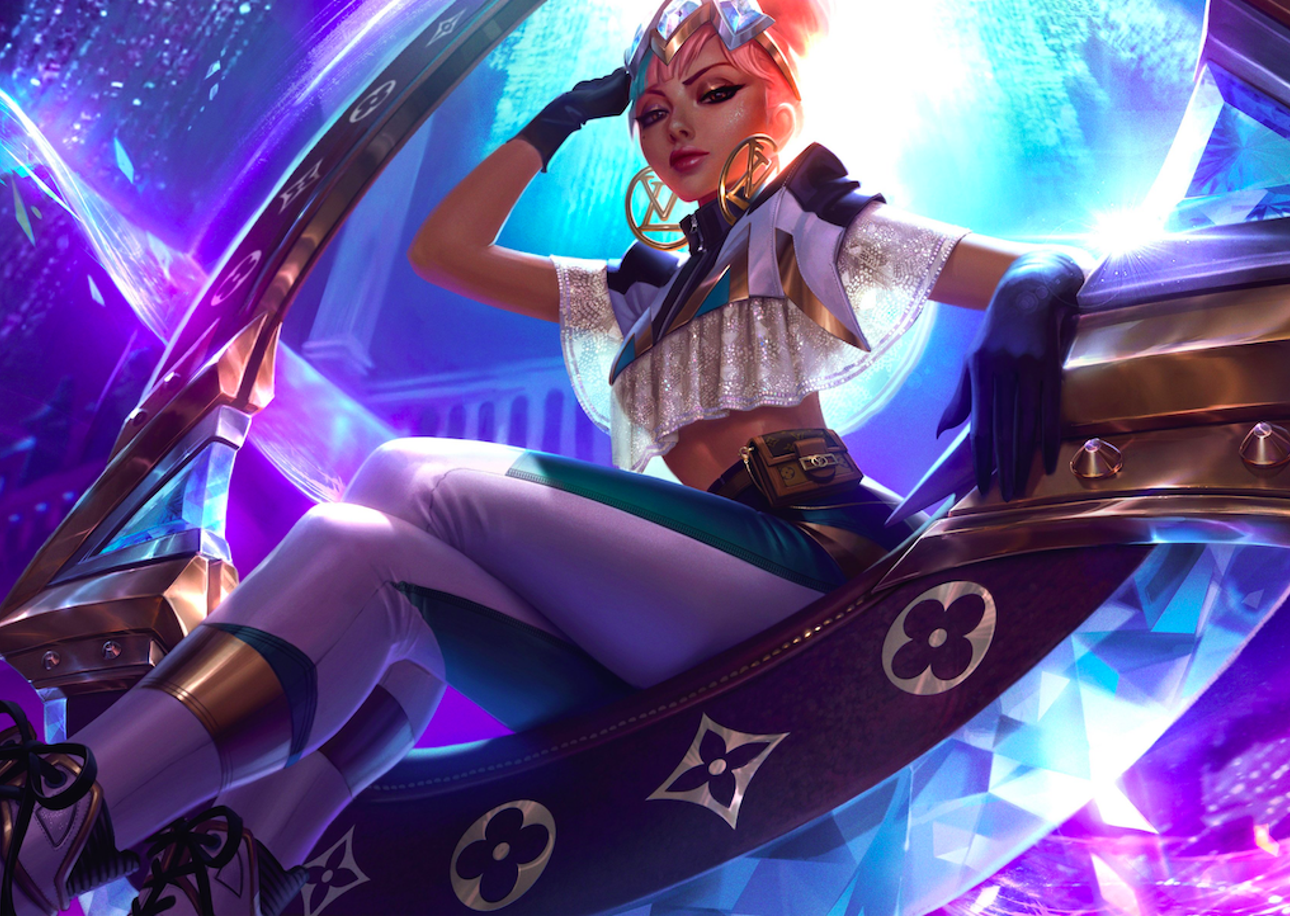
[This story first appeared in Koktail Magazine Issue 3.]
Defining the “verse” is a pretty complex task. Multiple definitions can be found online, offering a vague sense of its meaning, but perhaps Cathy Hackl, a globally recognised AR, VR, and spatial computing thought leader, puts it best as “a further convergence of our physical and digital lives” and “the internet breaking free from the rectangles in our hands, desks, and walls and being all around us.”
For me, personally, I like to think of the metaverse as a cyberspace or universe where virtual reality, augmented reality, game consoles, phones, and PCs converge. Broadly speaking, a lot of people assume that the metaverse is best suited to serve the gaming industry and tech companies like Facebook, excuse me, Meta. But that’s not entirely accurate. Any company or brand can make its way to the verse, and one of the biggest industries to jump right into is fashion. Seeking to reach and build a relationship with younger generations who spend the most time shopping, socialising, and entertaining online, here’s how fashion is taking over the ‘verse.
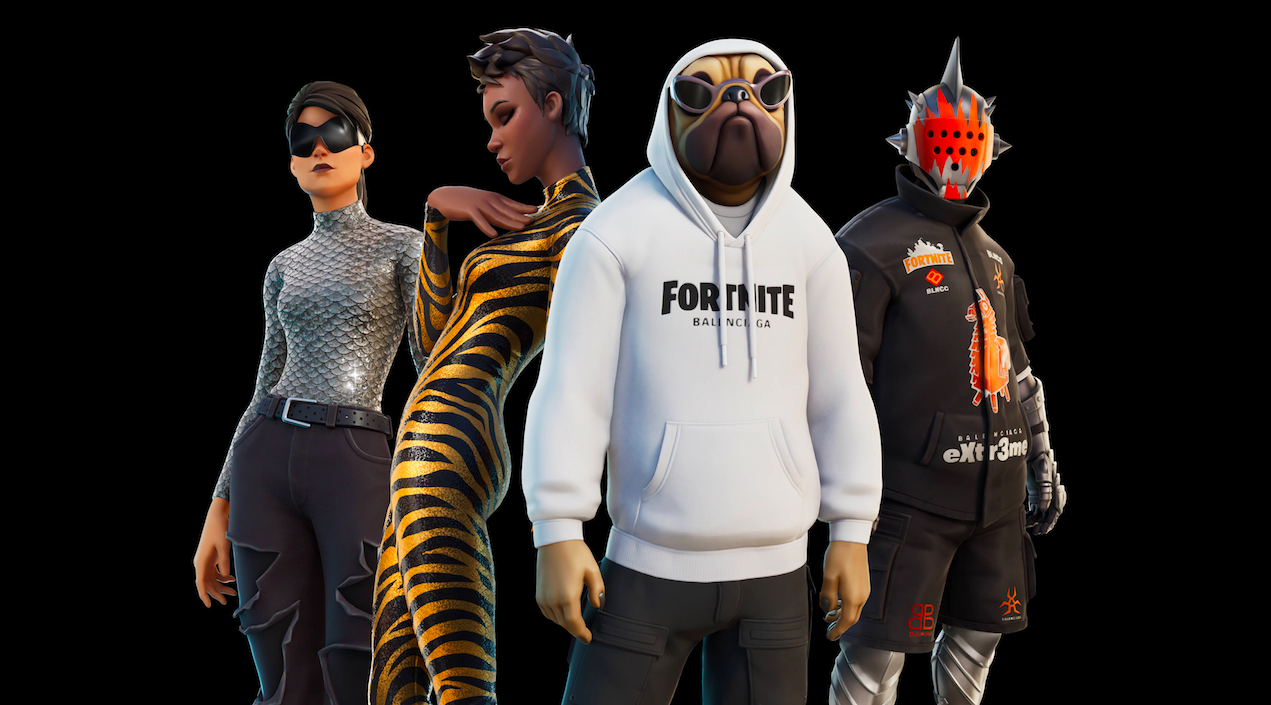
Balenciaga’s collaboration with Fortnite
Since Covid-19 hit, many industries have had to shift their business models online, increasing the demand for e-commerce. For retail companies already in the virtual space, specifically those involved in fashion, they had to go one step further and make sure they tackled the pain point of consumers who wanted to try clothes and accessories just as they did when visiting a physical store.
Fast forward to 2022, and consumers now have the ability to virtually try on items by dragging one or more products onto a realistic avatar of themselves.
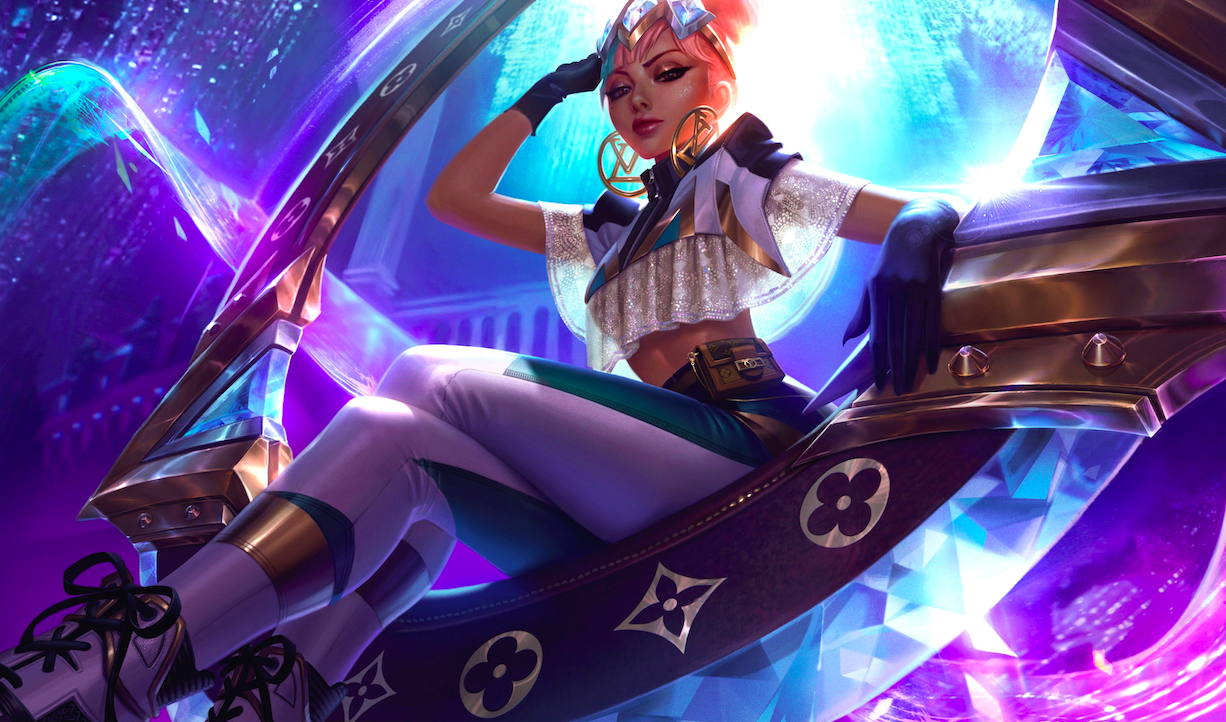
Louis Vuitton worked with League of Legends to design skins for the game’s characters
For fashion brands, learning how to blend both the physical and virtual worlds has become a necessary skill to transition into the future. In 2019, multiple luxury fashion designers had the chance to collaborate with video game developers to create digital and physical collections. Louis Vuitton, for instance, partnered with Riot Games to create original skins for League of Legends and released a fashion collection with the game. Last year, Balenciaga released their Autumn collection as a video game and partnered with Fortnite to create items that will appear in the game as well as in stores. One of the greatest and most shocking news in the space, however, was when Gucci did a collab with Roblox to create a “Gucci Garden”, where the brand’s Queen Bee Dionysus bag sold digitally for 350,000 Robux (a little over US$4,000), which is more than the bag is worth IRL.
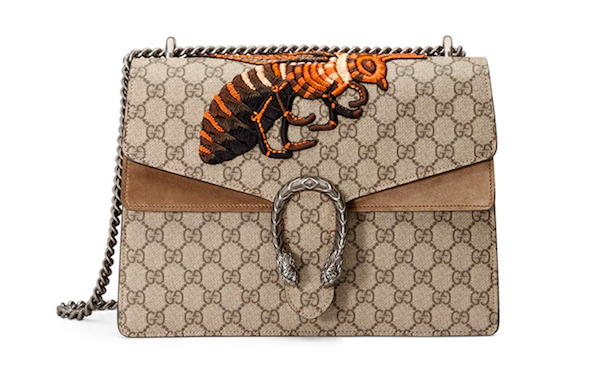
The virtual version of this Gucci bag sold for about US$600 more than the physical version
In 2020, Scarlett Yang, a London-based fashion designer, created a costume that looked like glass. Its “fabric” would change texture in response to temperature and weather and dissolve when left in water. This wasn’t part of any sci-fi movie but a design made possible by modern technology.
The garment was actually made from algae extract, which formed an intricate, leathery lace when cast in custom 3D molds, before being treated with silk cocoon protein. Yang experimented with virtual design, using software to model various silhouettes and simulations. She indeed made a physical dress, but she also presented it in digital format, inviting viewers to observe four different renderings of the angular, shimmering gown as it slowly plunged into the ocean.
The challenge or opportunity that fashion designers now face is moving fluidly between the worlds of virtual design and physical manufacturing.
Virtual influencers incorporate elements of synthetic media in their design, ranging from completely digitally rendered bodies, to human models that are digitally masked with characters’ facial features.
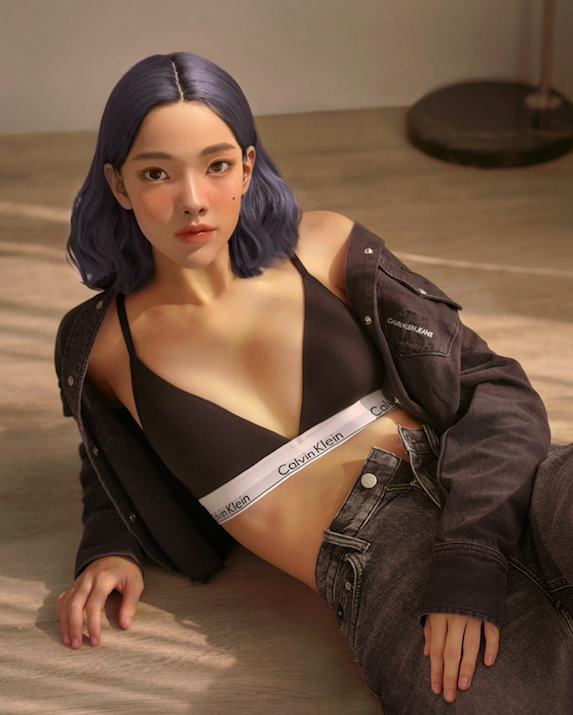
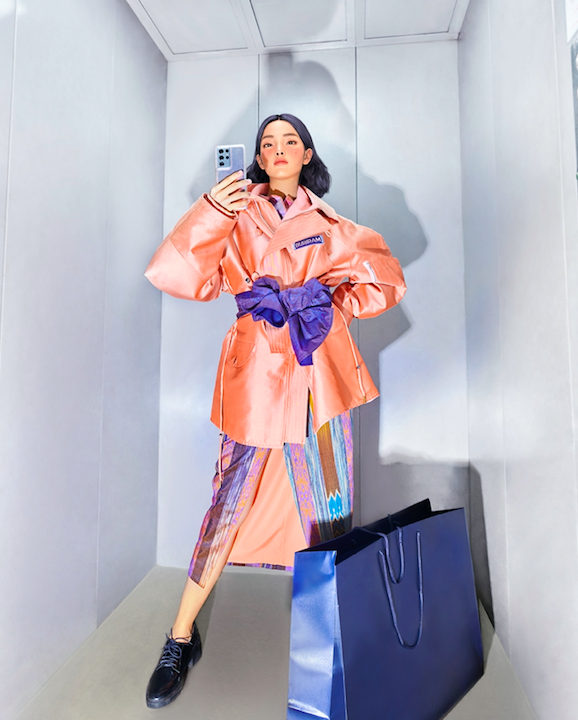
Interest in virtual influencers has grown rapidly over the past couple of years, garnering huge followings on social media as well as partnerships with major brands like Audi, Bose, Calvin Klein, and Samsung. One example is Lil Miquela, a virtual influencer created by LA-based startup Brud. With more than 3 million followers and a 3 per cent engagement rate, the meta-influencer has worked with multiple brands, including Calvin Klein, in a campaign starring model Bella Hadid. Another VI the Thai community will be better acquainted with is Kati (also spelled Katie), a “23 year old” virtual influencer from Khon Kaen who has graced the covers of her local Harper’s Bazaar and L’officiel magazines and recently worked with the Tourism Authority of Thailand to promote domestic travel.
The next time you’re swiping through your stories or scrolling through social media, there’s a great chance you’ll come across an account promoting fashion items. However, from this point forward, there may be an even greater chance that the item or model you’re seeing is not “real”.
These top 5 barber shops in Bangkok are where gentlemen can elevate ...
With a paintbrush in one hand and a whole world of identity ...
In a cinematic landscape saturated with remakes, reboots and sequels, you might ...
While traditional TV shows are serving us endless boy-meets-girl tales. Thailand has ...
Must-have gadgets for kids in the Y2K are, predictably, making a comeback ...
Get an exclusive peek into the world of Freen Sarocha: uncover 10 facts ...
Wee use cookies to deliver your best experience on our website. By using our website, you consent to our cookies in accordance with our cookies policy and privacy policy